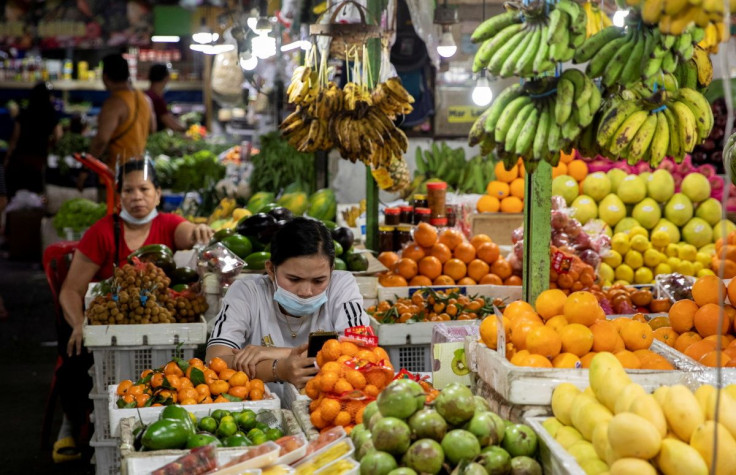Philippines Store Accepts Onions As Payment As Prices Hit Record-High

KEY POINTS
- A Philippine retail store allowed customers to buy a maximum of three select products using onions
- Japan Home Centre said they would use the collected onions for their community pantry initiative
- Concerned groups and officials blamed the Philippine government's failure to project onion's supply and demand
Record-high prices of onions have pushed a Japanese retail store in the Philippines to accept the vegetable as a mode of payment, as the Southeast Asian nation is grappling with onion supply constraints and stubbornly-high inflation.
Japan Home Centre (JHC) has launched the "Pay with Sibuyas" campaign in their Quezon City store branch in the Philippines' capital region, encouraging Filipinos to buy select items using one onion bulb.
The store allowed each customer to buy a maximum of three items using any onion.
Mitzi Gamboa, the JHC Marketing Officer, told Philippine news outlet ABS-CBN News that about 3,500 pieces of onion were collected throughout the one-day campaign.
The retail store aimed to create awareness for its affordable products and gather food items for its community pantry.
Gamboa said the onion they have collected would be used for their community pantry, a charity initiative that became popular in the Philippines during the COVID-19 lockdowns in 2021.
JHC would set up a community pantry in front of their Quezon City store on Feb. 8.
The novel idea of using onion, a staple in Filipino cuisine, as a payment option came amid the controversy surrounding the supply of onions in the Philippines.
In December, the onion supply crisis led market vendors to sell the vegetable between $9 to $12 per kilogram, which is more expensive than meat.
At one point, the onion price in the Philippines became the world's most expensive, according to the Philippine online news website Interaksyon, citing a global price monitoring website.
Concerned groups and other officials blamed the Philippine Department of Agriculture for failing to project the supply and demand for onions, leading to import delays and market shortages.
In a hearing of Philippine senators last month, it was revealed that the total demand for onions eclipsed the local onion production in 2022.
Data from the Philippine Statistics Authority (PSA), which was presented during the hearing, showed that the country had a surplus of 53,202 metric tons of imported onions in 2021, which could have prevented the shortfall the following year.
Also, during the Senate investigation, farmers from the Philippine island of Mindoro disclosed that traders bought onion from them for as much as $0.27 per kilogram. But the vegetable was sold for as much as $12 in Manila, One News reported.
In the latest price monitoring report by the Philippine agriculture department, a kilogram of local red onion could be bought for as low as $4, while a kilogram of imported red onion is at $3.
Philippine President Ferdinand Marcos Jr., who also acts as the country's agriculture chief, had already ordered the importation of 21,060 tons of onions to ease the vegetable's price in the markets.
While the onion crisis continues to persist, the Philippines has recently recorded its fastest year-on-year inflation in fourteen years.
The latest data from PSA revealed that the inflation rate rose to 8.7% in January, faster than the 8.1% recorded in December.
Food inflation in the Philippines increased to 11.2% last month, compared to 10.6% in December last year.

© Copyright IBTimes 2025. All rights reserved.






















